The newest Magic: The Gathering set, March of the Machine, is a 281-card set already making waves in both tabletop play and MTG Arena. In the conclusion to the four-set Phyrexian story arc that began with Dominaria United, the stakes are bigger than ever for beloved characters as the Phyrexians set their sights on domination of the Multiverse.
As with every new set, March of the Machine comes with a whole host of new mechanics like Incubate and Backup, but the climactic final battle between the Multiverse’s forces and the Phrexian armies also introduces a number of other new additions to the game, including the Battle card type.
Read: Magic: The Gathering Dominaria United goes back to its roots
If you’re sinking your teeth into the new set for the first time, or need a refresher after jumping in during pre-release, here’s a rundown on what to expect in March of the Machine.
Magic: The Gathering: March of the Machine
Prepare for invasion with Battle cards
Battles are the newest card type introduced in March of the Machine. The set brings 36 new battle cards, all of the same subtype – Siege – into rotation. Each battle card represents the Phyrexian invasion of a different plane, from classic planes like Zendikar to lesser-visited locations like Karsus.
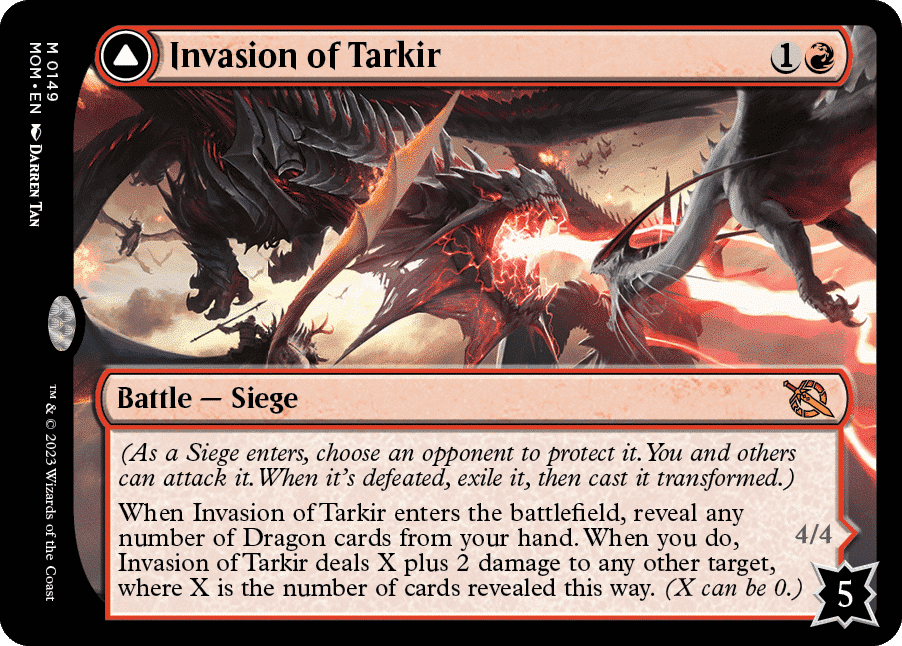
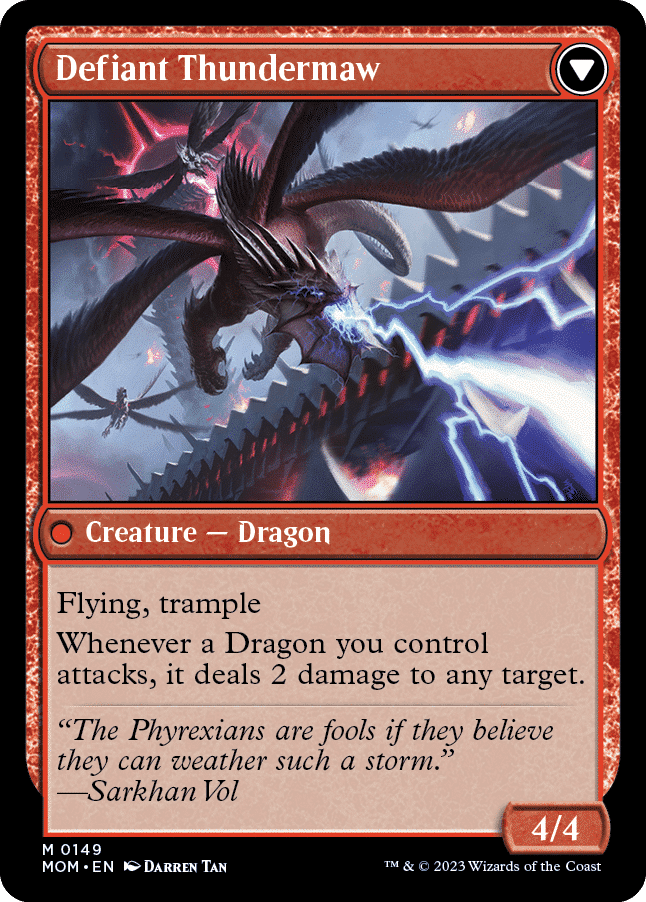
The double-sided Battle cards are placed onto the battlefield horizontally (the first permanent played this way) with defence counters totalling to the number on the bottom right of the card. The defence counters indicate how much damage the Battle can withstand before being ‘defeated’, at which point it’s exiled and then cast ‘transformed’ – turned to the other side as an often quite powerful creature.
On playing a Siege battle subtype, an opponent must be chosen to be the protector of the card, while you and any other opponents can deal damage to it. The incentive for the chosen opponent to protect the Battle is not allowing the card to transform, however, in actual play, it becomes evident that many players may not find this to be incentive enough to potentially sacrifice their own creatures defending it, depending on the card.
Cards like Invasion of Tarkir have the potential to deal plenty of damage even prior to transformation if played at the right time in a Dragon tribal deck, and on transforming into a Defiant Thundermaw, can deal 2 damage to any target whenever a Dragon attacks. Opponents might be more swayed to try and defend this Battle than a card like Invasion of Kamigawa, which transforms into a relatively weak creature with a card draw ability on dealing damage to an opponent or another Battle.
March of the Machine’s new Battle cards introduce an interesting new flavour to play and thanks to the variety of effects and transformed creatures spanning from across the Multiverse, can slot in nicely into a range of different decks in varying game formats.
Planechase makes a return
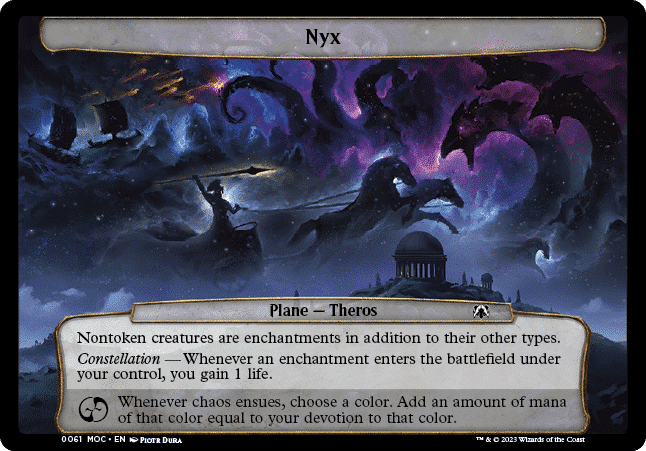
While Planechase isn’t technically ‘new’ to March of the Machine, having been introduced in 2009, new Planechase cards have been released alongside the set’s pre-constructed Commander decks to add an extra multi-planar flavour to the gameplay. For the uninitiated, Planechase is a game format that utilises oversized cards that represent locations within different planes. Planechase is played alongside the regular Magic formats, with each card drawn having the ability to impact every player at the table.
Planechase involves rolling a die, which each player can do at no additional cost once per turn whenever they cast a sorcery card – if the die lands on ‘Planeswalk’, a new Planechase card is drawn and the old one is discarded, changing the passive effect in play. If the die lands on ‘Chaos’, the Chaos ability on the current card is activated. Players can pay one colourless mana to roll again and can re-roll as many times as they wish, although the mana cost ratchets up by one each time they re-roll.
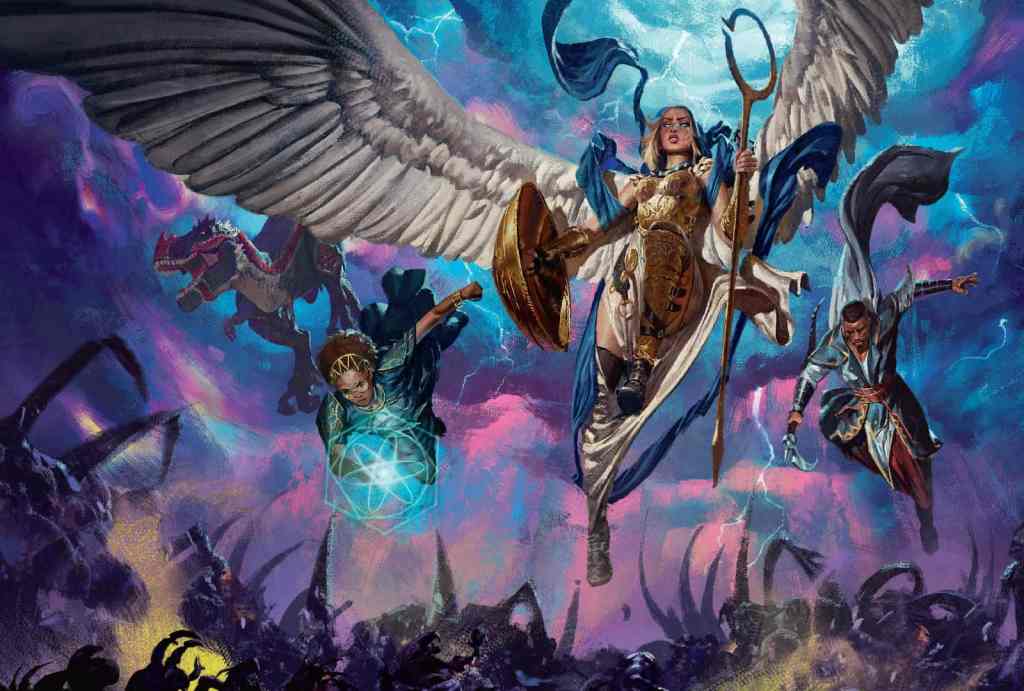
Each March of the Machine commander deck comes with 10 Planechase cards, totalling up to 50 unique cards across all five of the decks. The format leans into the background lore of Magic: The Gathering itself, which is a nice added touch; Magic players are stylised as Planeswalkers themselves who can summon creatures and cast spells from any one of the many planes they’ve encountered, and Planechase is another way of mechanically demonstrating this inter-planar travel. Because of this, it comes as no surprise that a set so focused on the Multiverse coming together and worlds colliding is the prime time to re-introduce Planechase back into the game.
The additional effects can lead to some very chaotic games, particularly in larger groups playing Commander, but add a new layer to the popular format and keep things interesting (which is particularly vital when some larger-scale commander games can become very drawn out).
March of the Machine‘s Multiverse Legends
Multiverse Legends is a separate set of 65 cards included in March of the Machine boosters, containing reprints of iconic Magic: The Gathering characters in their home planes. Draft and Set Boosters from March of the Machine contain one bonus Multiverse Legends card per booster, while Collector Boosters have at least three.
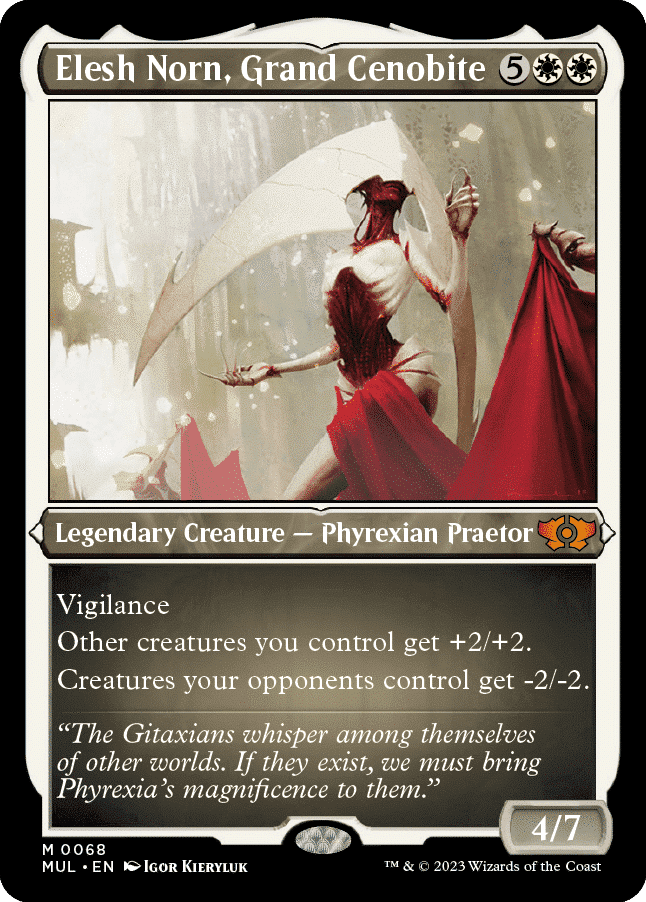
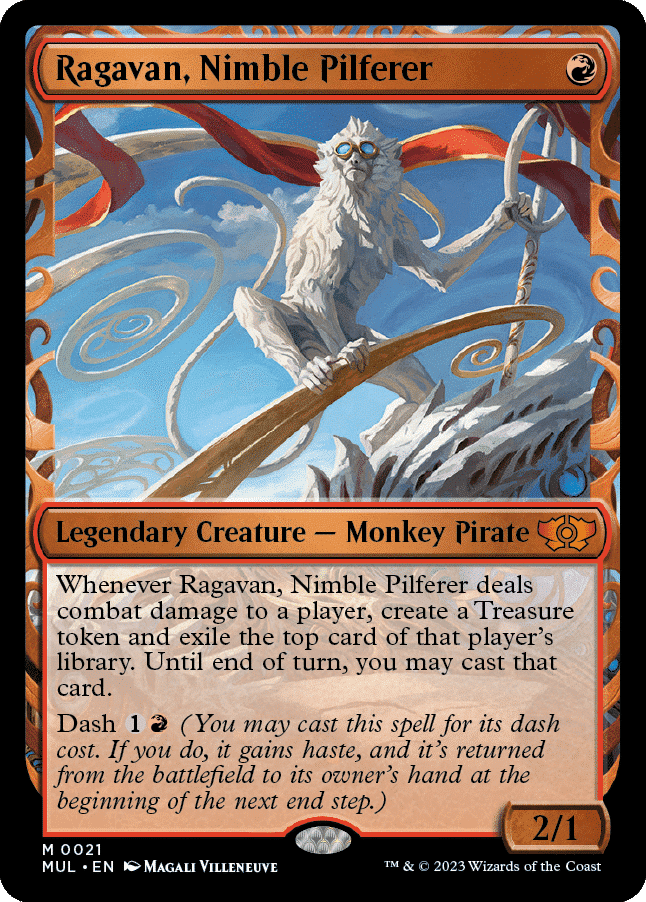
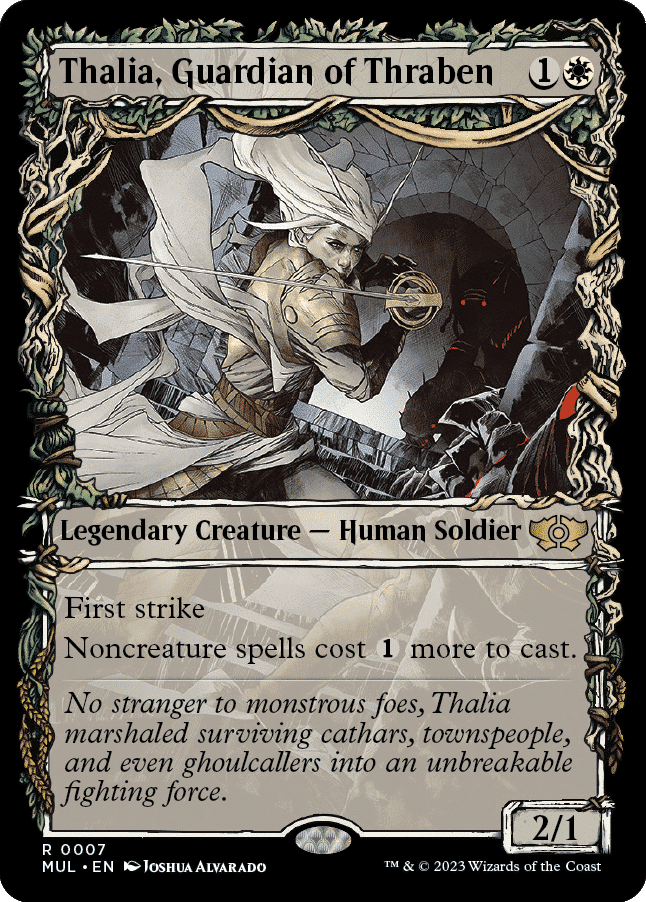
These cards aren’t part of Standard play (although can be used in Limited events) and are only legal in the formats the original card is currently legal in, with Arena allowing use in draft and Historic formats – although if you’re looking to play the much sought-after Ragavan, Nimble Pilferer on Arena, it was preemptively banned from Historic play prior to March of Machine’s release.
March of the Machine sees players to the end of the Phyrexian story arc with plenty of new mechanics, cards that are bound to become format staples, and a few interesting new ways to keep gameplay fresh and interesting. There are plenty more new cards and sets to come this year with March of the Machine: The Aftermath following up the set this week, before The Lord of The Rings: Tales of Middle-Earth hits shelves in June.
Whether the next sets contain the sheer amount of new inclusions as March of the Machine or not is yet to be seen, but in the meantime Magic: The Gathering players have plenty to work into their decks as the set’s cards find their way into each format’s meta.





